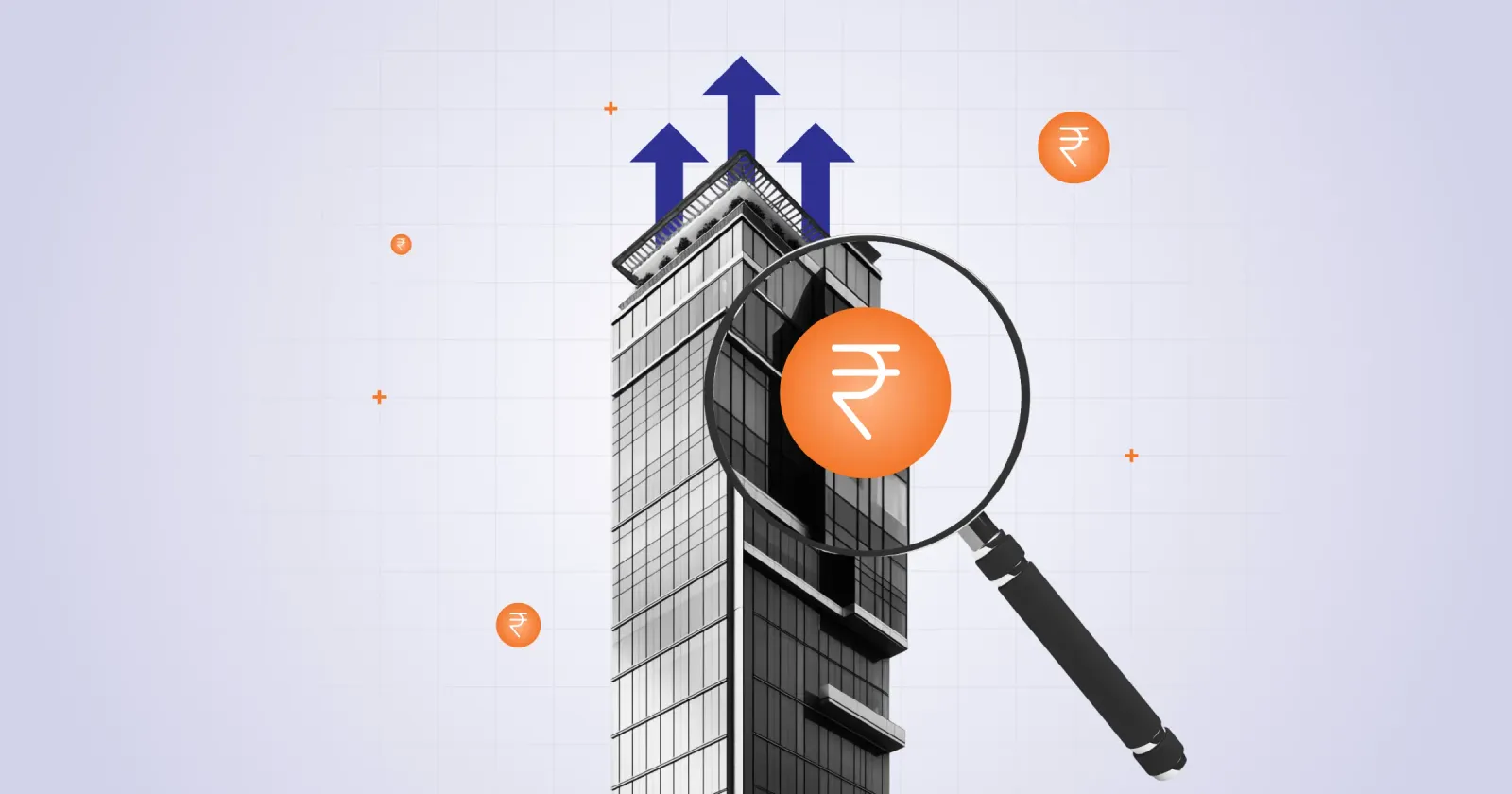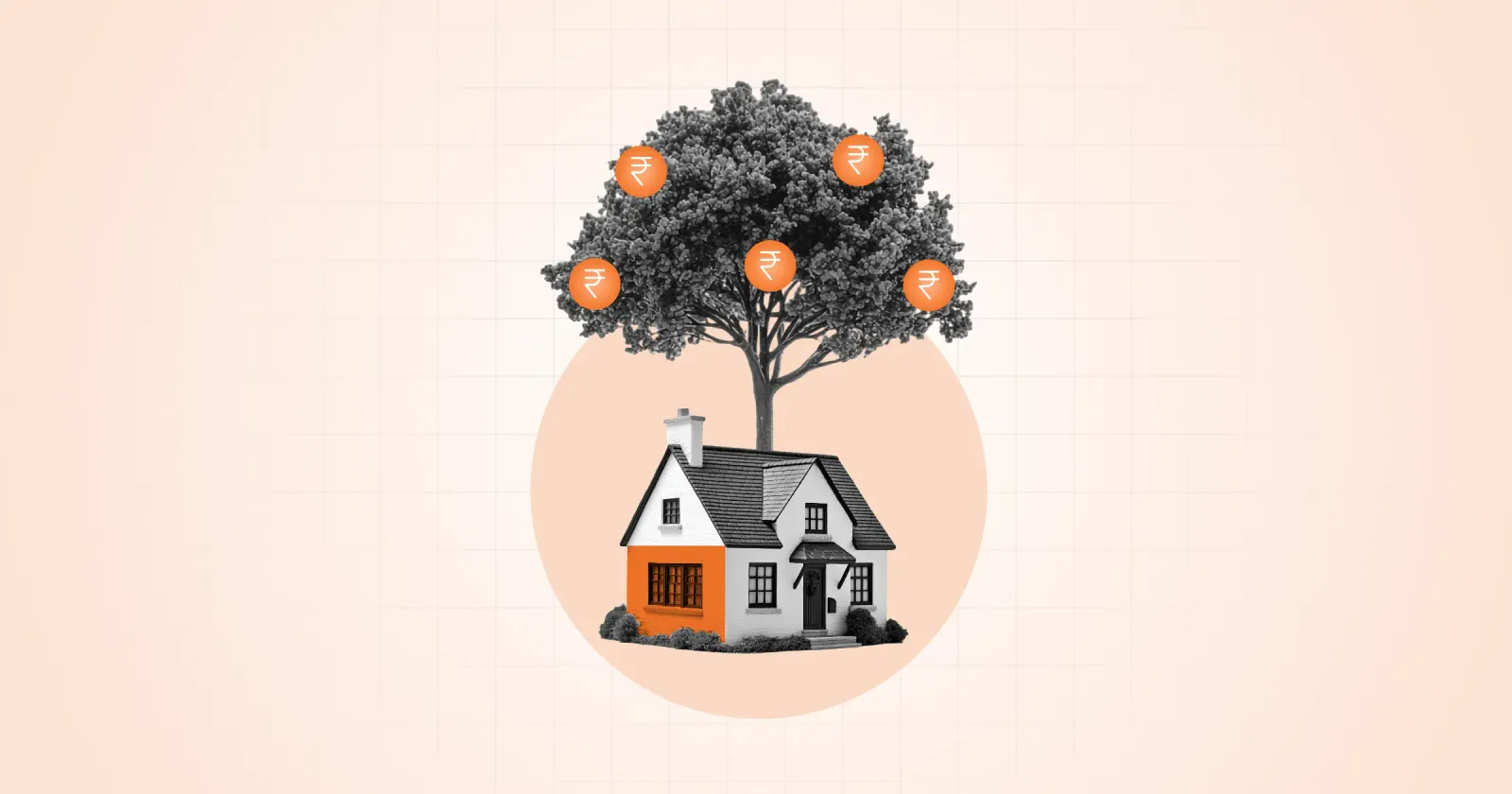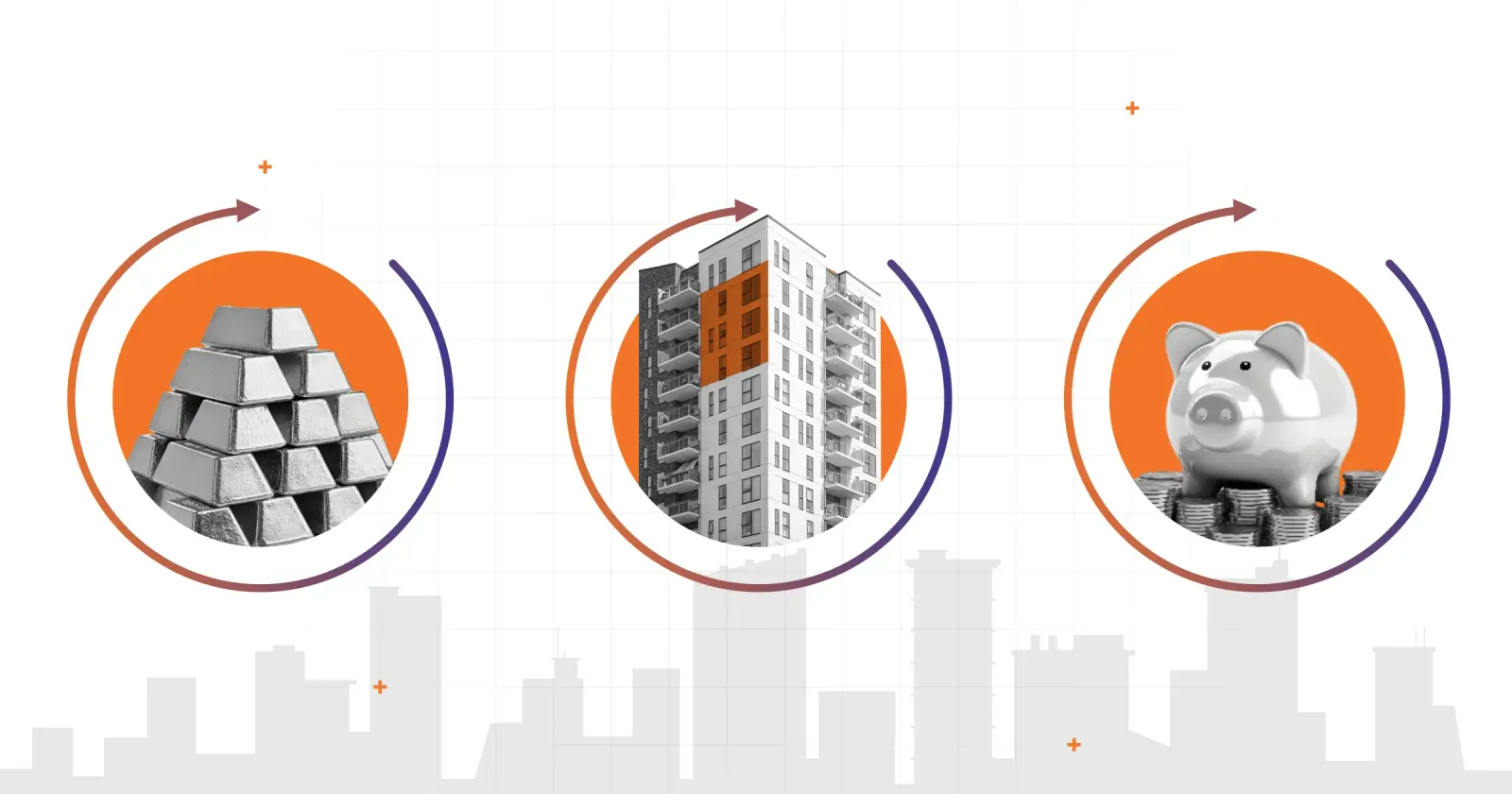For decades, Fixed Deposits (FDs) have been a cornerstone of Indian investment portfolios. The reasons for their popularity are clear:
- Perceived safety and stability
- Guaranteed returns
- Easy to understand and manage
- Widespread availability through banks and financial institutions
However, as the financial landscape evolves and investors become more sophisticated, there’s a growing need to look beyond traditional FDs for potentially higher returns and better wealth-creation opportunities.
The Need for Alternative Investments
Several factors are driving the search for alternatives to FD in India:
- Low Interest Rates: In recent years, FD rates have struggled to keep pace with inflation, leading to minimal real returns.
- Changing Economic Landscape: As India’s economy grows and diversifies, new investment opportunities emerge.
- Evolving Investor Risk Appetite: Many investors, especially younger ones, are willing to take on more risk for potentially higher returns.
- Tax Inefficiency: Interest earned on FDs is fully taxable, which can significantly reduce the effective returns, especially for those in higher tax brackets.
- Lack of Diversification: Over-reliance on FDs can lead to a poorly diversified portfolio, increasing overall investment risk.
Limitations of Fixed Deposits
While FDs have their place in a balanced portfolio, they come with several limitations:
- Low Returns: FD rates often barely keep up with inflation, leading to minimal real growth in wealth.
- Lack of Liquidity: Premature withdrawal of FDs often incurs penalties, reducing flexibility for investors.
- Interest Rate Risk: Reinvesting matured FDs can lead to lower returns in a falling interest rate environment.
- No Potential for Capital Appreciation: Unlike assets like real estate or stocks, FDs do not offer the possibility of capital gains.
- Tax Inefficiency: Interest earned is added to your taxable income and taxed at your slab rate, which can significantly reduce net returns.
Given these limitations, many investors are exploring alternative investment options in India that offer the potential for higher returns while managing risk.
Fractional Real Estate Investing as an Alternative
Among the various alternatives to FDs, fractional real estate investing has emerged as an attractive option for many investors. This innovative approach allows individuals to invest in high-value real estate properties with relatively small amounts of capital.
How Fractional Real Estate Investing Works
- Property Selection: Expert teams identify and acquire premium properties with strong rental income and capital appreciation potential.
- Fractional Ownership: The property is divided into fractions or shares, which investors can purchase.
- Professional Management: The property is managed by professionals, handling tenant management, maintenance, and other operational aspects.
- Regular Income: Rental income is distributed to investors proportionate to their ownership share.
- Potential Capital Appreciation: Investors benefit from any increase in the property’s value over time.
Platforms like alt DRX have made fractional real estate investing accessible to a wider range of investors through features like:
- Monthly Investment Plans (MIPs) allow systematic investment in real estate
- Low minimum investment amounts, often starting from just a few thousand rupees
- Diverse property options across residential and commercial sectors
- Transparent reporting and easy-to-use digital platforms
Advantages of Fractional Real Estate Investing
As an alternative to fixed deposits, fractional real estate investing offers several compelling advantages:
1. Potential for Higher Returns
- Rental Yield: Quality properties can generate rental yields of 6-10% annually, often surpassing FD rates.
- Capital Appreciation: Real estate has historically shown strong long-term appreciation, potentially offering significant returns over time.
2. Tangible Asset Backing
Unlike FDs which are essentially loans to banks, fractional real estate investments are backed by physical assets, providing a sense of security to many investors.
3. Professional Management
Investors benefit from expert property selection, management, and maintenance without the hassles of being a landlord.
4. Diversification
- Within Real Estate: Investors can spread their capital across multiple properties and locations.
- Asset Class Diversification: Real estate offers portfolio diversification beyond traditional financial instruments.
5. Inflation Hedge
Real estate has traditionally been a good hedge against inflation, as property values and rents tend to increase with the overall price level in the economy.
6. Flexibility and Liquidity
Many fractional real estate platforms offer more flexibility than traditional real estate investments:
- Option to start with small amounts and increase investment over time
- Some platforms provide secondary market options for selling shares
7. Tax Efficiency
While rental income is taxable, there are several tax advantages in real estate:
- Deductions for property depreciation
- Indexation benefits on long-term capital gains
- Potential for tax-saving through reinvestment in other properties (Section 54F)
8. Transparency and Control
Digital platforms provide detailed information about properties, performance, and financials, giving investors more transparency compared to many traditional investments.
9. Lower Entry Barrier
Fractional ownership allows investors to participate in premium real estate markets with much lower capital requirements compared to full property ownership.
10. Goal-Based Investing
Platforms like alt DRX offer goal-based investment plans, allowing investors to align their real estate investments with specific financial objectives, similar to recurring deposits but with potentially higher returns.
Conclusion
While Fixed Deposits have long been a staple in Indian investment portfolios, the evolving financial landscape and the need for potentially higher returns are driving investors to explore alternatives. Fractional real estate investing emerges as a compelling option, offering the potential for higher returns, diversification, and professional management, all with a lower entry barrier than traditional real estate investments.
Platforms like alt DRX are making it easier than ever for investors to participate in the real estate market, offering features like Monthly Investment Plans, goal-based investing, and access to premium properties. This democratization of real estate investing provides an attractive alternative to those looking beyond fixed deposits.
However, it’s important to note that like any investment, fractional real estate comes with its own set of risks and considerations. Investors should:
- Thoroughly research the platform and properties before investing
- Understand the terms, fees, and exit options
- Consider their overall investment strategy and risk tolerance
- Potentially consult with a financial advisor to determine the right mix of investments
By carefully considering these factors and leveraging the opportunities presented by fractional real estate investing, investors can potentially enhance their portfolio returns while managing risk, making it a worthy alternative to consider alongside or in place of traditional fixed deposits.
FAQs:
1. What is the best alternative to fixed deposit?
Real Estate Investment Trusts (REITs), debt mutual funds, and fractional real estate are considered strong alternatives to fixed deposits, offering better returns with moderate risk. These options also provide more flexibility and potential for capital appreciation.
2. Alternative to FD for monthly income
Fractional real estate and REITs are great alternatives, as they can offer monthly rental income and higher yields compared to traditional FDs. Some corporate bond funds also provide regular payouts with relatively stable returns.
3. What are some short-term investment options better than FD?
Short-term debt mutual funds, liquid funds, and high-interest savings accounts often offer better liquidity and comparable or higher returns than FDs. Ultra-short-term investments in fractional real estate can also be considered depending on the platform.
4. Is SIP better than FD?
SIP (Systematic Investment Plan) in mutual funds typically offers higher long-term returns compared to FDs, though it comes with market-linked risks. If you’re aiming for wealth creation and can handle moderate volatility, SIPs are a better choice than FDs.






